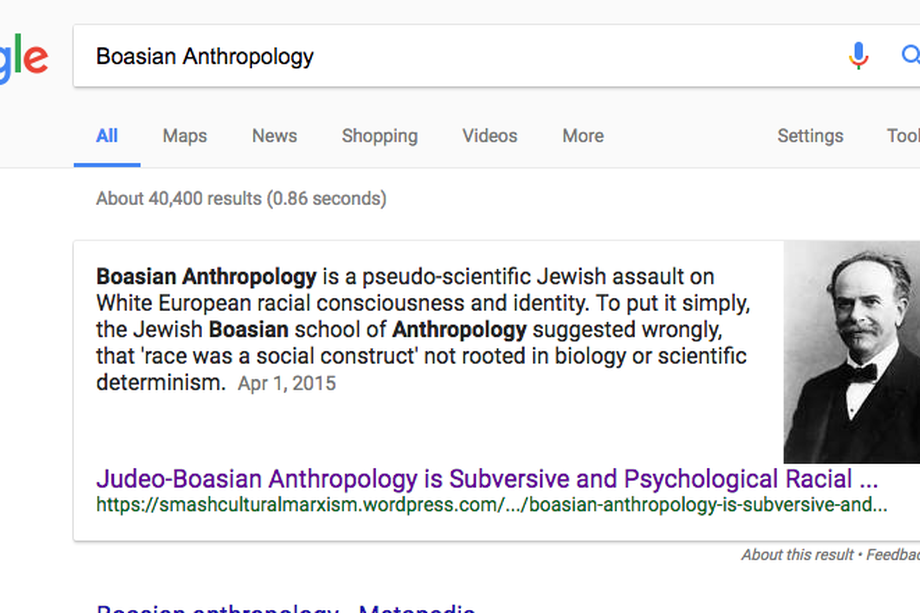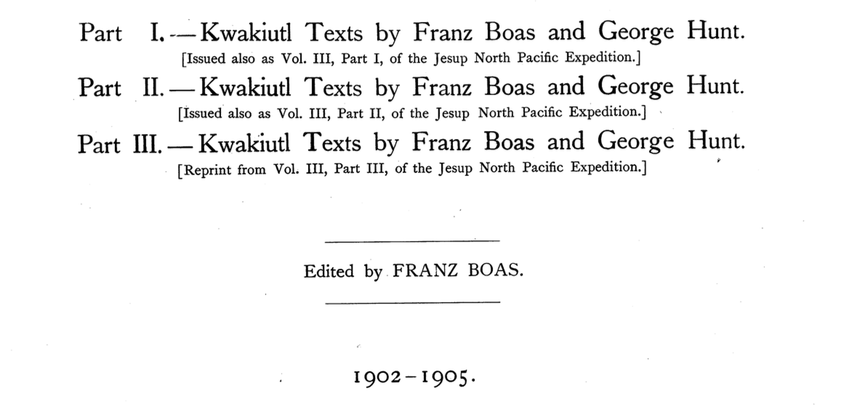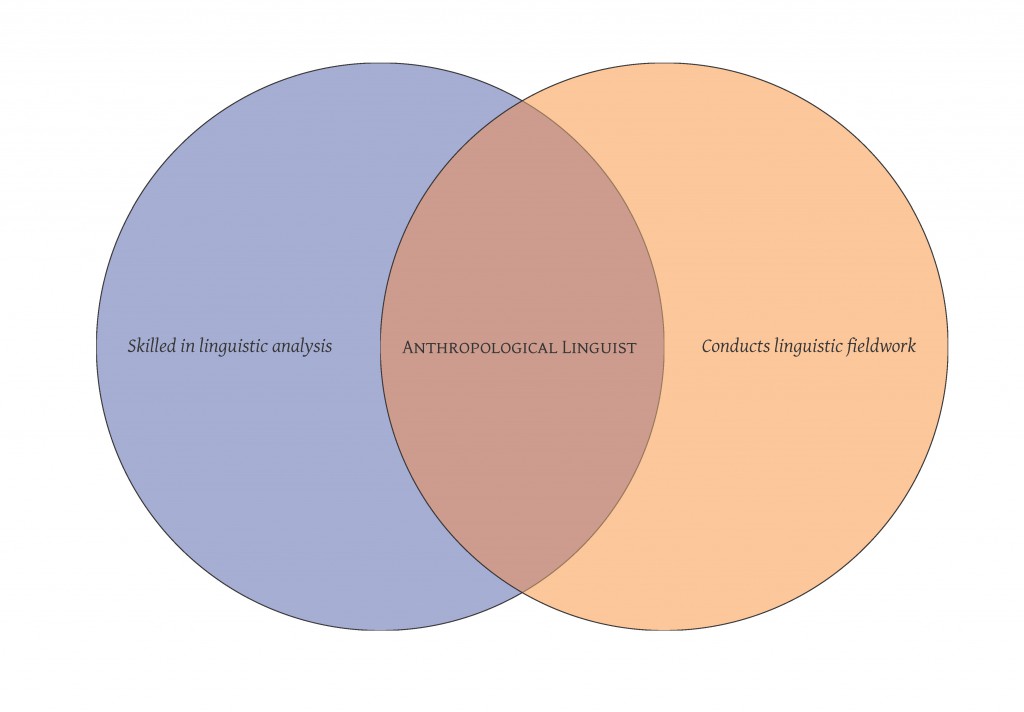The alternate title for this post was going to be “Malinowski, Radcliffe-Brown, and Boas walk into a bar…”. This is a little autobiographical passage from pages 46-48 of History, Evolution, and the Concept of Culture: Selected Papers by Alexander Lesser. In it, Lesser (a vastly under-read and under-appreciated author) describes what it was like to be a graduate student in the 1920s. It’s a fun little vignette that says something about the limits of functionalism… and academic networking! I’ve condensed this account down a good deal — if you’d like to see the full version, check out the book.
I first met both Radcliffe-Brown and Malinowski in 1926 or 1927. It was the first occasion of their both being in New York at the same time. Pliny Earle Goddard was very anxious to have Radcliffe-Brown and Malinowski meet Boas. He believed they would both discover that Boas was driving at the same thing they were driving at, that there really weren’t any fundamental conflicts. Radcliffe-Brown and Malinowski were invited to what was a large living room in Ruth Bunzel’s parents’ apartment, somewhere near Riverside Drive. There were only about ten of us: six graduate students, Malinowski, Radcliffe-Brown, and Boas.
When the time seemed right, Goddard invited Malinowski and Radcliffe-Brown to say something. Radcliffe-Brown started off by giving extemporaneously a fifteen minute exposition of what he considered to be the meaning of meaning. It was, from a verbal standpoint a beautiful performance. Boas simply looked at Goddard, and looked at Radcliffe-Brown, and nodded his head. And that was all. Then Goddard turned to Malinowski and asked him if he wanted to say anything, and Malinowski gave an exposition of his concept of functionalism. After he got through with his fifteen minutes, Goddard turned to Boas, expecting him to say something… and then there was utter silence.
After the silence had gone on for as long as I could stand it, I asked a question. I was scare to death, of course. I asked Malinowski if he meant it when he said that every thing, every item in culture, had a vital function. He said, “Yes.” I said to him, “In the back of my hat here’s a little bow which is sewn on to where the seam comes. Now if you go to a store and try to buy a hat, you’ll find it has a little bow on it.” I asked him what its function was. The binding of the hat is sewn together at the back end very tightly; the bow doesn’t hold anything. If it isnt’ there, nothing will happen. And yet if you should happen to buy such a hat in a store, and it didn’t have the bow, the salesman would say, “wait a minute, I’ll have the bow put on.” But what function does it have? Well, Malinowski looked at me and said, “Well….” He thought first of course that maybe it held the hat together, and I showed him it didn’t. So then he said, “Well, maybe it’s decorative.” I said, “How? You can’t even see it.” We went on like this, for some time, but he finally said, “Oh, I’m interested in important matters.” He simply dropped it.
Now, where did I get this item? I happened to be indexing the first forty volumes of the Journal of American Folklore – that’s how I was earning my way through Columbia, for fifty cents an hour. If you start trying to index a thing like that believe me, as you go through a volume it becomes damned boring. So every once in a while, you say: “Oh, what the hell, at fifty cents an hour I’ll read a paper.”
There were several papers by a man named Garrick Mallery. He was an American ethnologist, and he was particularly interested in survivals. In regard to the hat bow, his explanation was that this was a survival of something which had once been more functional. At the back end of the hat ribbons were attached, and one wore the hat with ribbon streamers; style had gradually dictated that these become smaller and smaller, until they were finally stuck up inside the hat, and disappeared into the bow. So much for hats and Malinowski.


